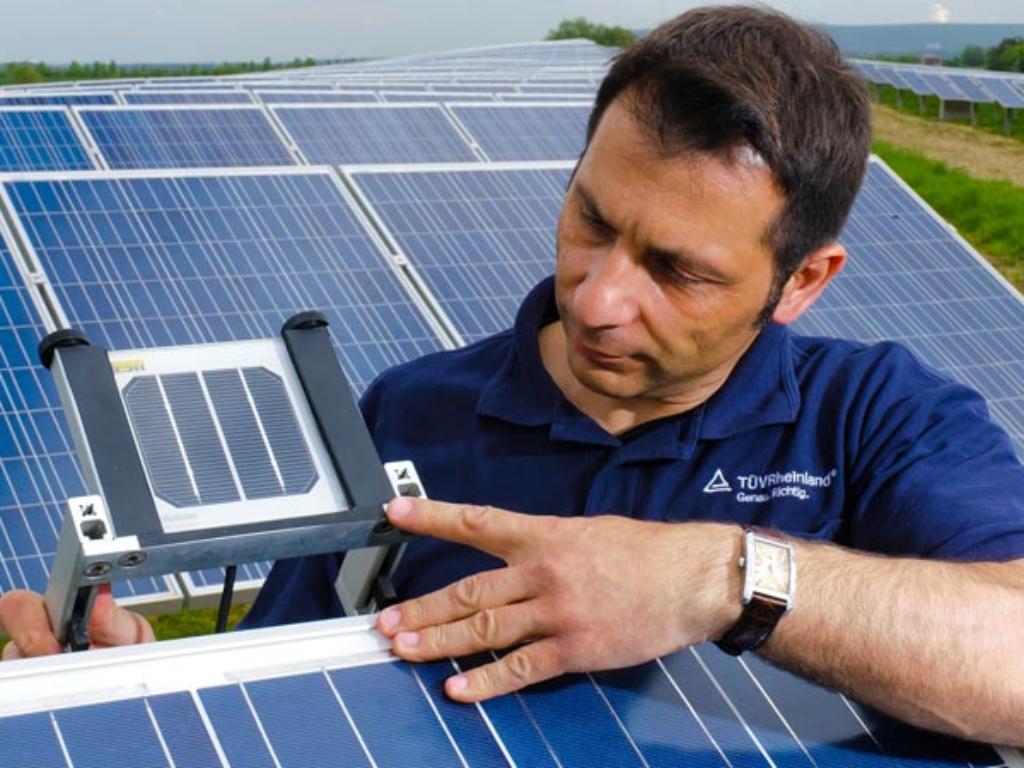
Navigating Solar Efficiency: A Practical Guide
As the demand for sustainable energy solutions grows, solar power stands out as a key player in the renewable energy landscape. Assessing solar efficiency is crucial for optimizing the performance of solar systems. This practical guide will walk you through the essential steps in understanding and evaluating the efficiency of solar installations.
Understanding Solar Efficiency: The Basics
Before delving into assessment methods, it’s essential to grasp the concept of solar efficiency. Solar efficiency refers to the percentage of sunlight that a solar panel can convert into usable electricity. Higher efficiency indicates a more effective conversion of sunlight into power, making it a vital factor in determining the overall performance of a solar system.
Solar Panel Types and Technologies
Solar panels come in various types, each employing different technologies. Monocrystalline, polycrystalline, and thin-film are common types, each with its own efficiency levels. Understanding the characteristics of each type is essential when assessing solar efficiency. Monocrystalline panels, for example, are known for higher efficiency but may come at a higher cost.
Checking Manufacturer Specifications
When evaluating solar efficiency, start by checking the manufacturer’s specifications. This information provides the rated efficiency of the solar panels under standard test conditions. It serves as a baseline for comparison among different panels. Keep in mind that real-world conditions may vary, and factors like temperature and shading can impact actual efficiency.
Performance Under Standard Test Conditions
Standard Test Conditions (STC) represent specific conditions under which manufacturers test solar panels. These conditions include a constant temperature, sunlight intensity, and other parameters. Assessing solar efficiency under STC provides a standardized measure for comparison, but it’s essential to consider that real-world conditions often differ.
Understanding Temperature Coefficients
Solar panels are sensitive to temperature variations, affecting their performance. Temperature coefficients indicate how much a solar panel’s efficiency will decrease for every degree above or below the standard test temperature. Understanding these coefficients helps anticipate how panels will perform in different climates and temperatures.
Assessing Solar Inverter Efficiency
Solar inverters play a crucial role in converting the direct current (DC) generated by solar panels into usable alternating current (AC) for household or grid use. Assessing the efficiency of the solar inverter is integral to the overall efficiency of the solar power system. Look for inverters with high efficiency ratings to optimize energy conversion.
Considering System Design and Installation
Efficiency is not solely dependent on the components; the system design and installation also play pivotal roles. Proper placement, tilt, and orientation of solar panels, as well as minimizing shading, contribute to overall efficiency. Collaborating with experienced installers ensures that the solar system is optimized for maximum performance.
Monitoring and Maintenance Practices
Regular monitoring and maintenance are essential aspects of assessing solar efficiency over the long term. Monitoring systems provide real-time data on energy production, allowing homeowners and businesses to identify performance issues promptly. Routine maintenance, including cleaning and inspecting components, ensures the continued optimal function of the solar system.
Financial Considerations: Return on Investment
Assessing solar efficiency goes beyond technical aspects; it involves evaluating the financial return on investment (ROI). Consider factors such as the cost of the system, available incentives, and projected energy savings over time. A comprehensive financial analysis helps determine the overall value and feasibility of investing in a solar power system.
Embracing Sustainable Energy Solutions
In conclusion, understanding how to assess solar efficiency is key to maximizing the benefits of solar power. From understanding the basics and checking specifications to considering system design and financial aspects, a holistic approach ensures an informed decision. Embracing sustainable energy solutions not only contributes to personal or business energy goals but also promotes a greener and more sustainable future.
Explore How to Assess Solar Efficiency here for a comprehensive guide on optimizing solar power performance.


